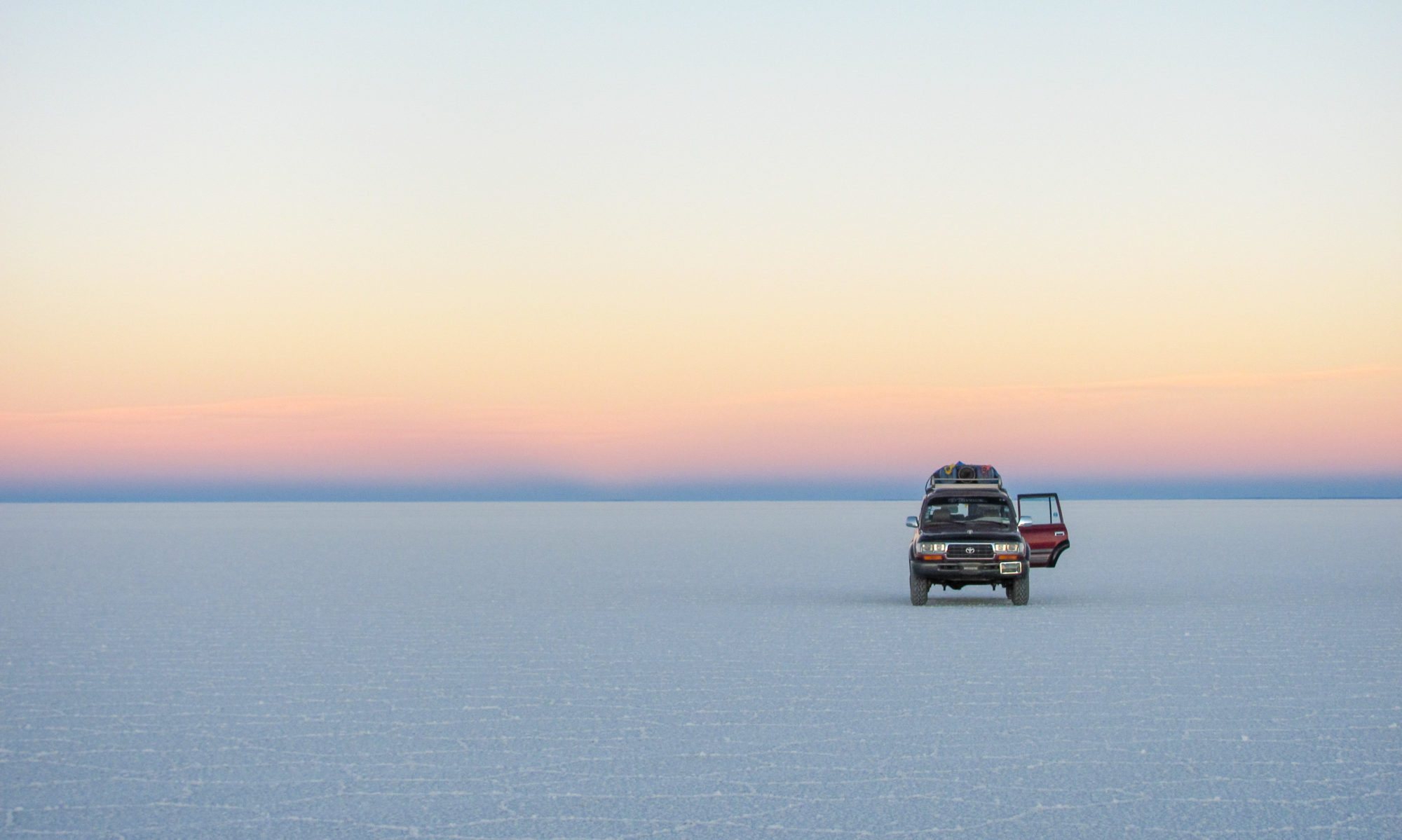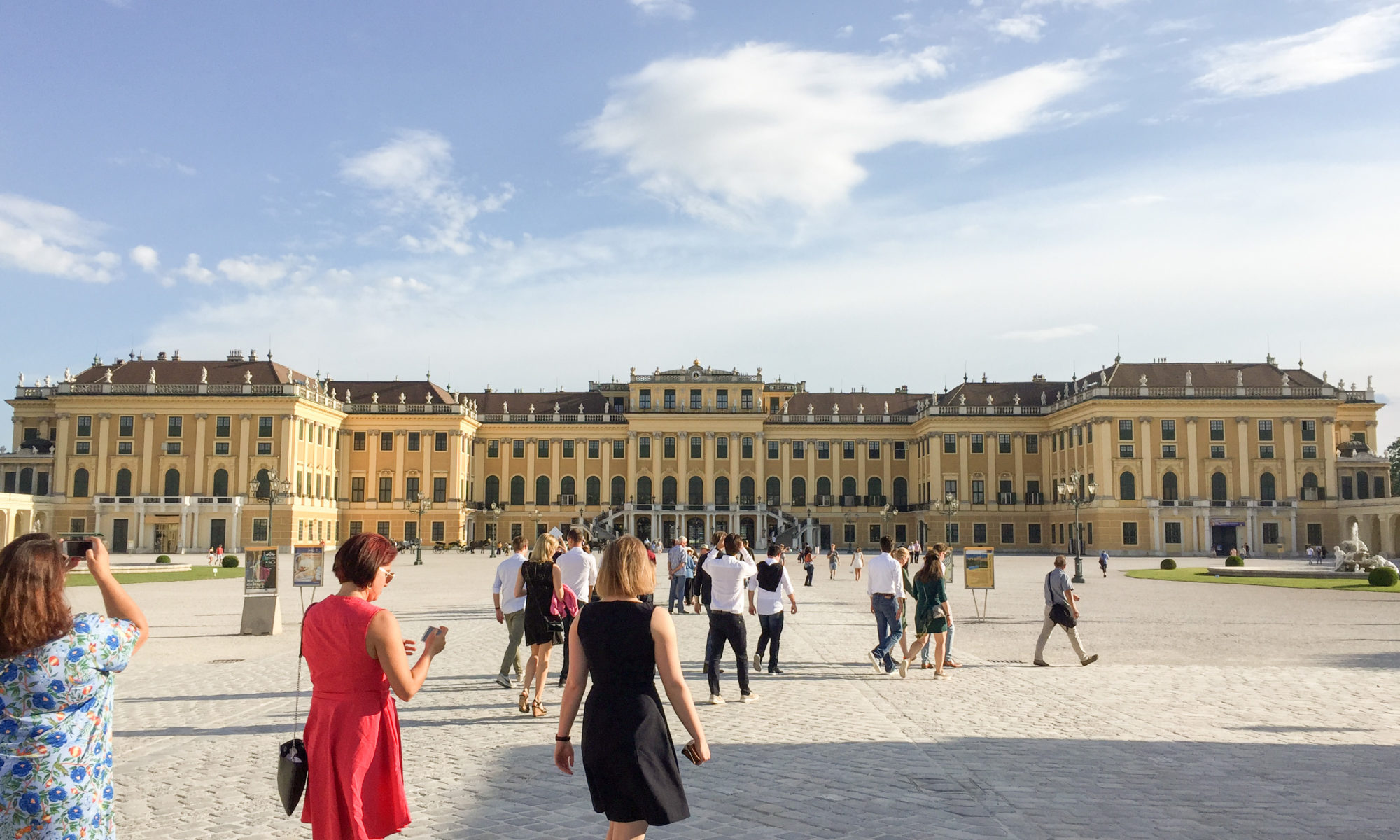Vienna, the capital of Austria, will probably come to mind as a beautiful old city full of historical baroque buildings, but otherwise an utterly boring place. This is where you go when your retired and have committed yourself to solely travel by organized bus tours. Vienna is like Prague but then without the huge cheap beers and without the underground bar scene. Right? Well, not quite. While Vienna’s got all the beautiful historic baroque buildings dating back to the 17th and 18th century it also got a hip coffeehouse scene and some excellent trendy restaurants and bars to have a bite or a few drinks. It is a way less boring place then I thought it would be, so if you are planning a city-trip to Vienna and want to see both faces of the city, you have clicked on the right article.
– What to do –
Obviously you cannot (and should not want to) visit Vienna without seeing its architectural highlights. Vienna’s grandeur dates back to the Habsburgs Era (when the House of Habsburg ruled Austria and the surrounding lands) and the typical accompanying architecture can be seen all around town. Think princes Sissi and you got the picture. Beautiful, but after a few buildings, in my eyes at least, all the same. So to make the most of your trip it is best to only visit the absolute top sights, and use the rest of your time to explore the cool and modern side of Vienna.
Bicycle tour in the city
Cost: EUR 25-35for a 3-hour tour.
If this is not the first No Road Back article you read you will know that a bicycle is my favorite mode of transportation. Fast enough to see a lot and slow enough to look around along the way. Quiet and easy to make for a relax ride, and healthy and good for the environment as well! There are a few operators which are all quite comparable both pricewise as well as the quality of the program they offer. Vienna City Tours has the most diverse portfolio of tours on offer (afternoon tours, evening tours, fat e-bike tours, tours that combine a city tour with a ride through the vineyards surrounding the city!) to will definitely got something on offer that fits your likes.
A city bicycle tour is probably the best way to see a lot of the historic buildings in only about 3 hours time. You’ll see the Hofburg, Belvedere, St. Stephen’s Cathedral, Opera House, City hall and much more. Taking a guided tour will also give you a lot of background and explanation on the history of the city, so its perfect to start off with a city-tour and then visit the others sights independently, with your newly acquired knowledge still fresh in your head!
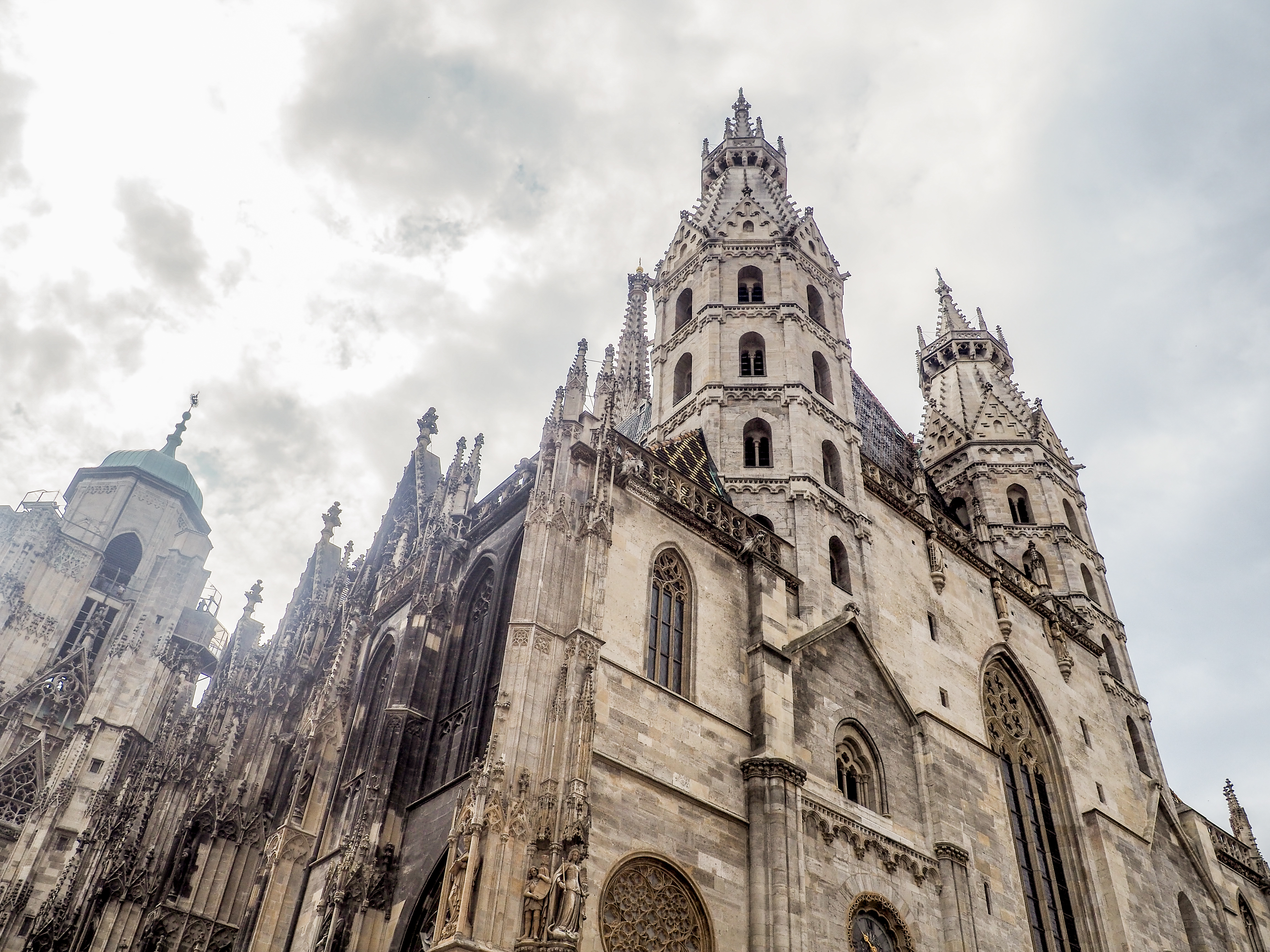
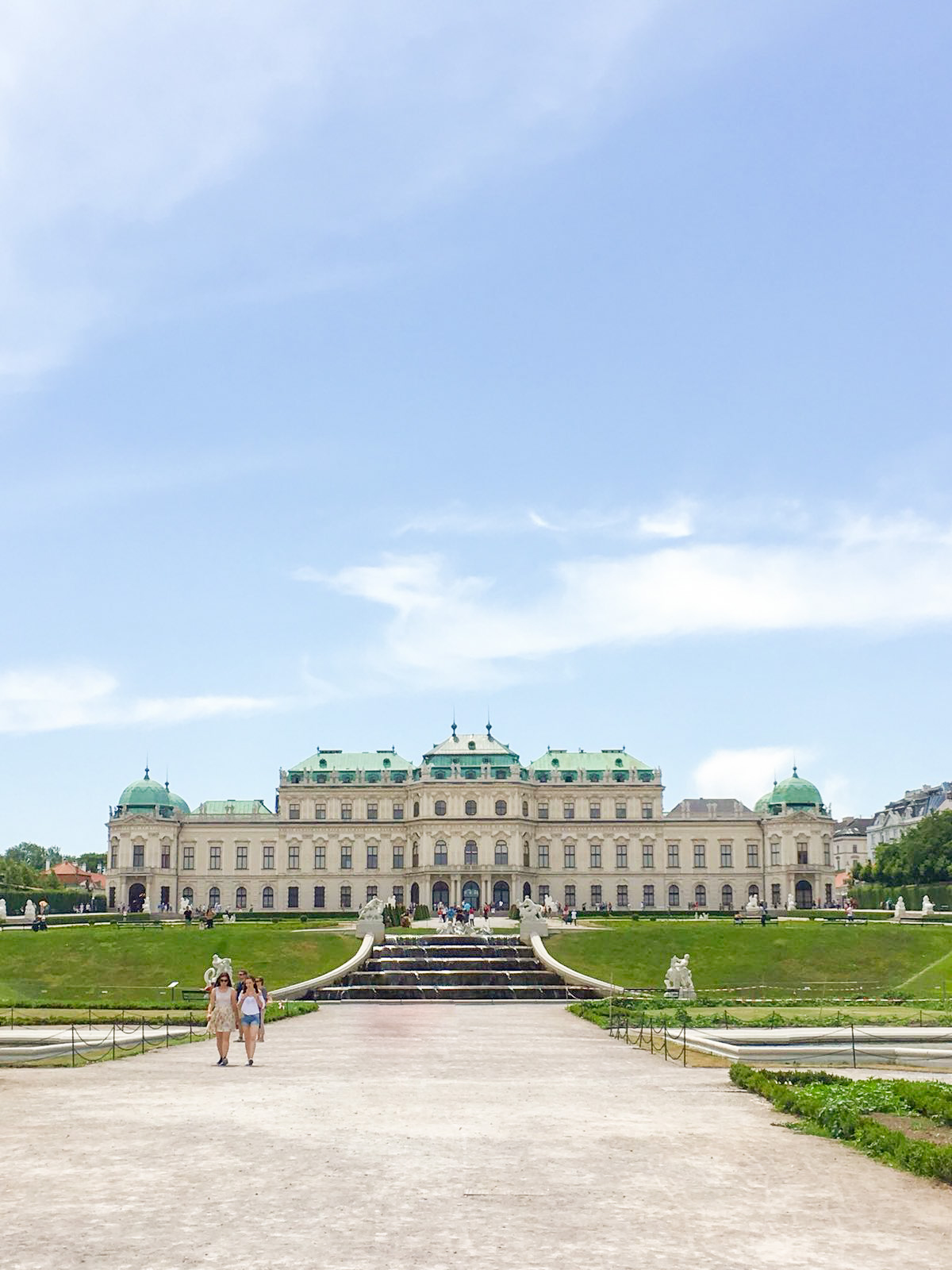
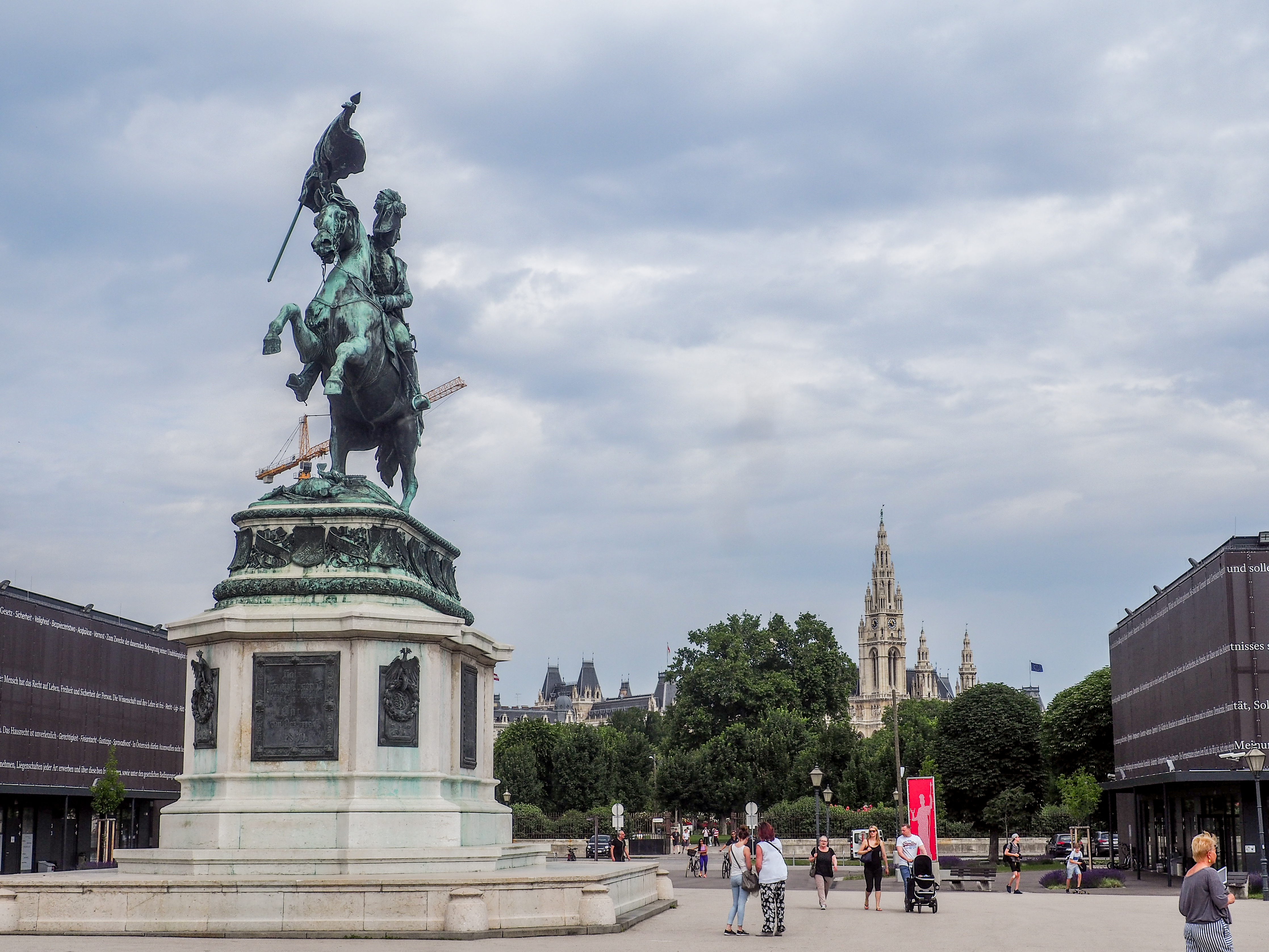
Schloss Schonbrun
Costs: EUR 14.20 incl. an audio tour
Schloss Schonbrun is the number one sight in Vienna. Its the old palace of princes Sissi (okay I referred twice to princes Sissi now, I feel obliged to admit that I actually have never seen the movie nor am a particularly interested in doing so, even though its one of the favorites of Lisan) and its huge, extremely detailed and beautiful. It is not only the palace itself that is worth a visit, but also the gardens surrounding it. And the garden’s are FREE to visit, so it’s even worth considering only seeing the palace from the outside
Pro-tip:do a city-tour during the day and visit Schonbrunn at the beginning of the evening. The crowds will be thinner and the lighting and long shadows casting of all statues and trees will make the sights (and your photos!) look way better. Officially Schonbrunn and its gardens close at 6:30 PM but I was still roaming around the gardens around 7:30 PM which was no problem at all.
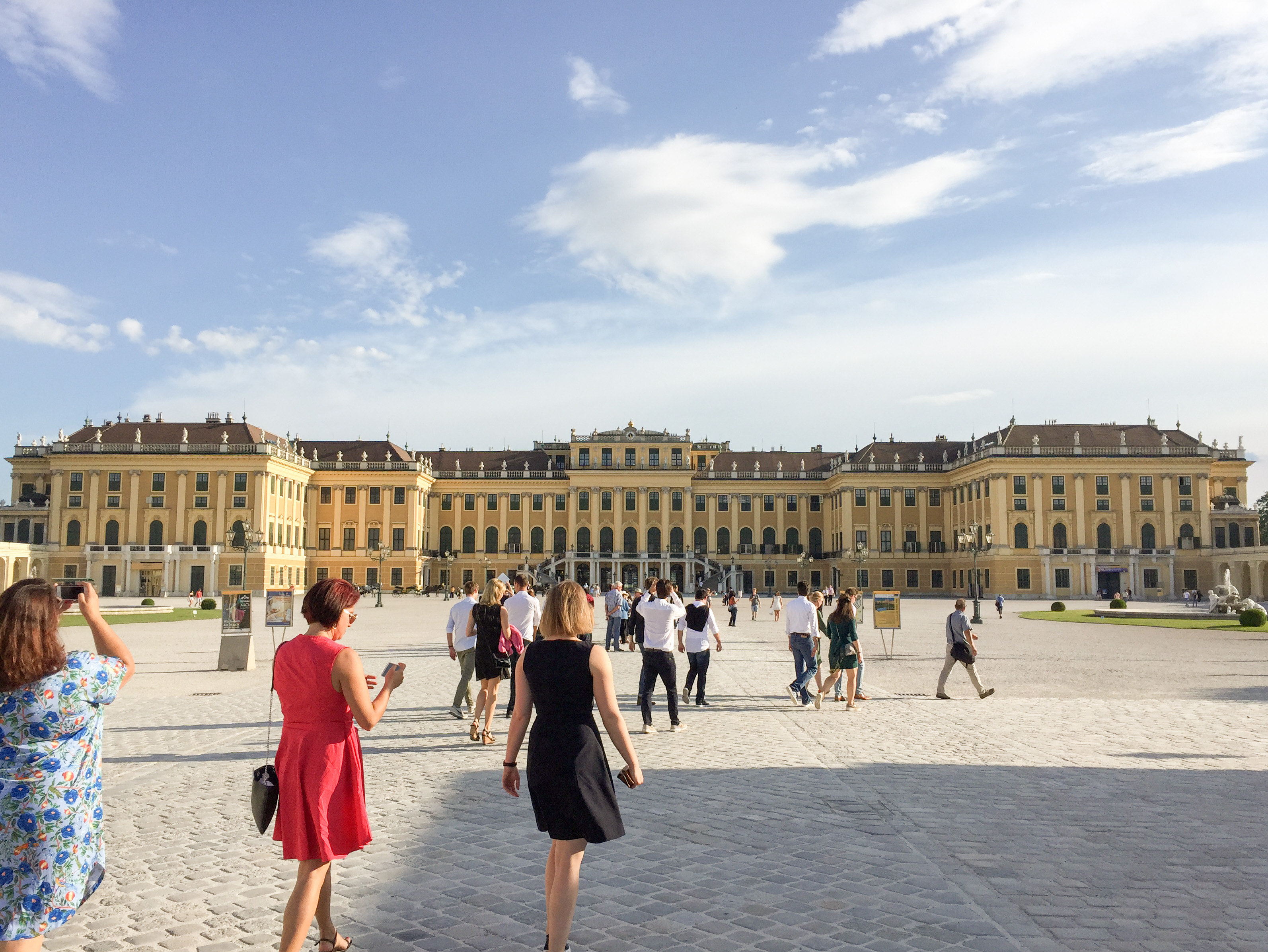
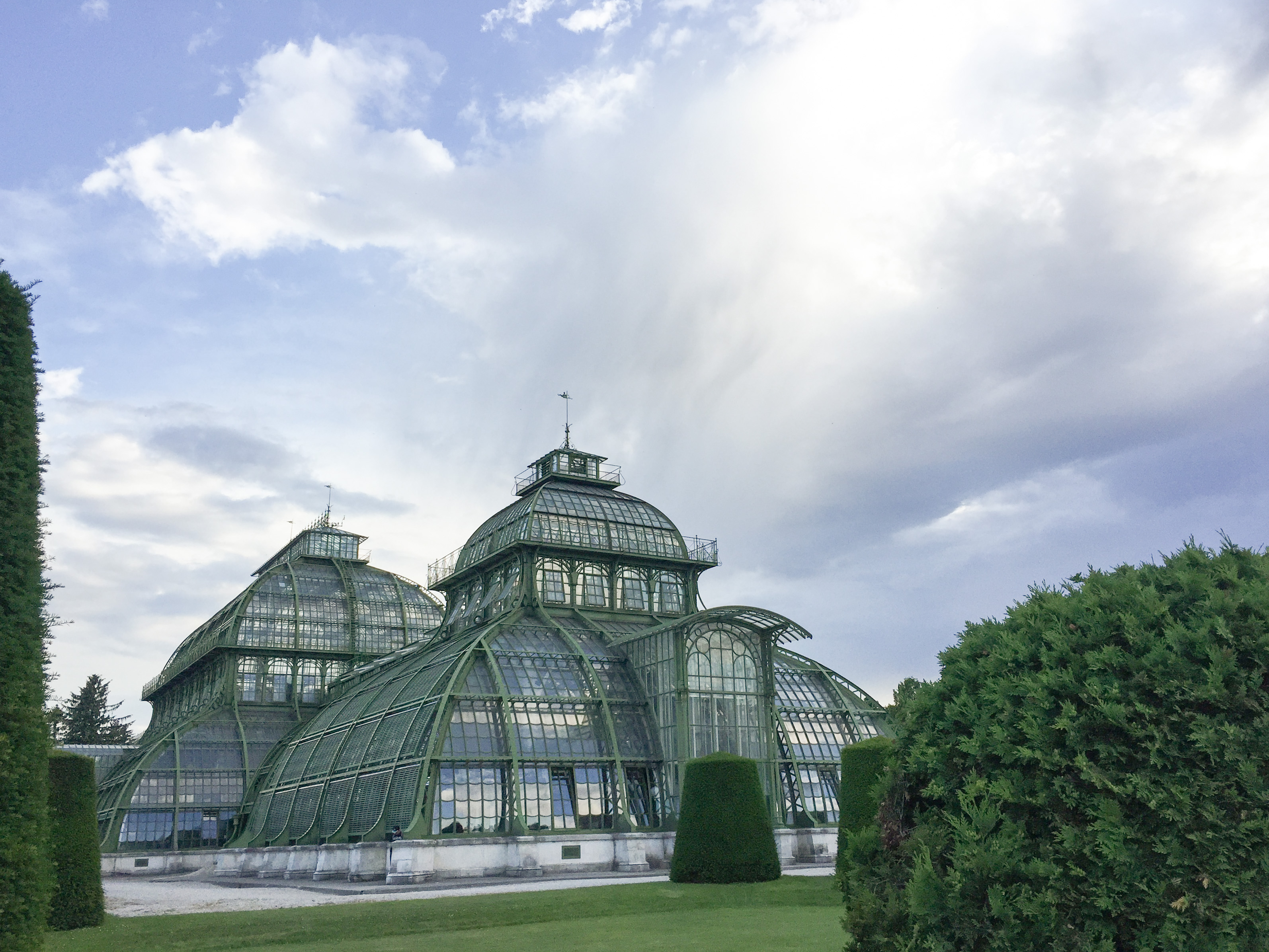
Hundertwasserhaus
Costs: FREE (also the Hundertwasser Village)
The Hundertwasserhaus is the crown-jewel of Vienna’s modern architecture. Hundertwasser was an architect who was both into environmental protection as well as crazy colors and shapes. The result of that mix is a naturalist style where the walls and floors are curved, and trees and plants are growing on every balcony and from every nook and cranny. Looks awesome but is not always too functional. Hundertwasser (he was actually called Stowasser but thought Hundertwasser (‘hundred waters’) sounded cooler) is sometimes referred to as ‘Gaudi on steroids’. The Hundertwasserhaus can only be viewed from the outside(for FREE!), except for the small café which is build against the building. But you can enter the Hunderwasser Village right across the street to learn more about the architect and see more of his creations.
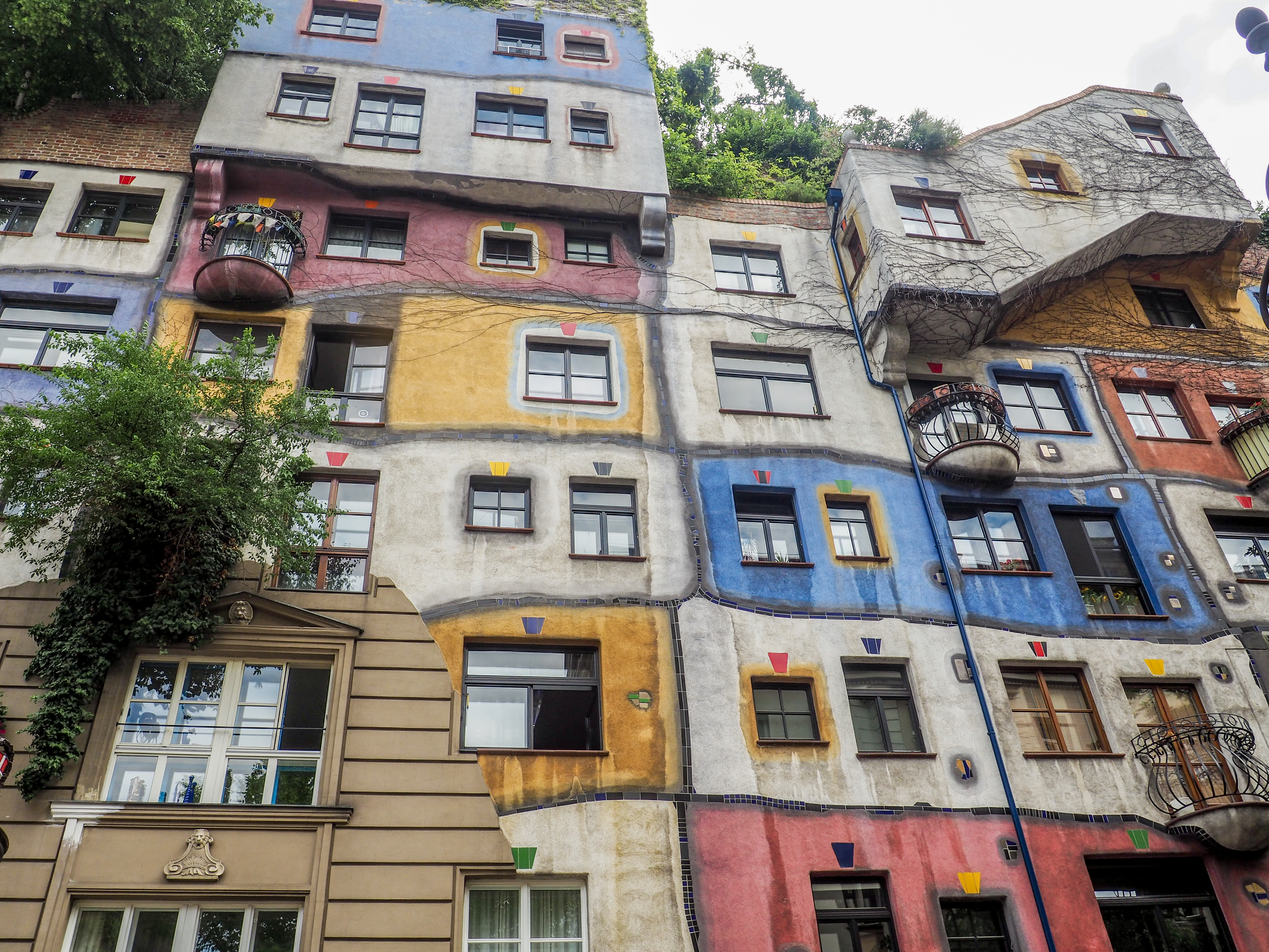
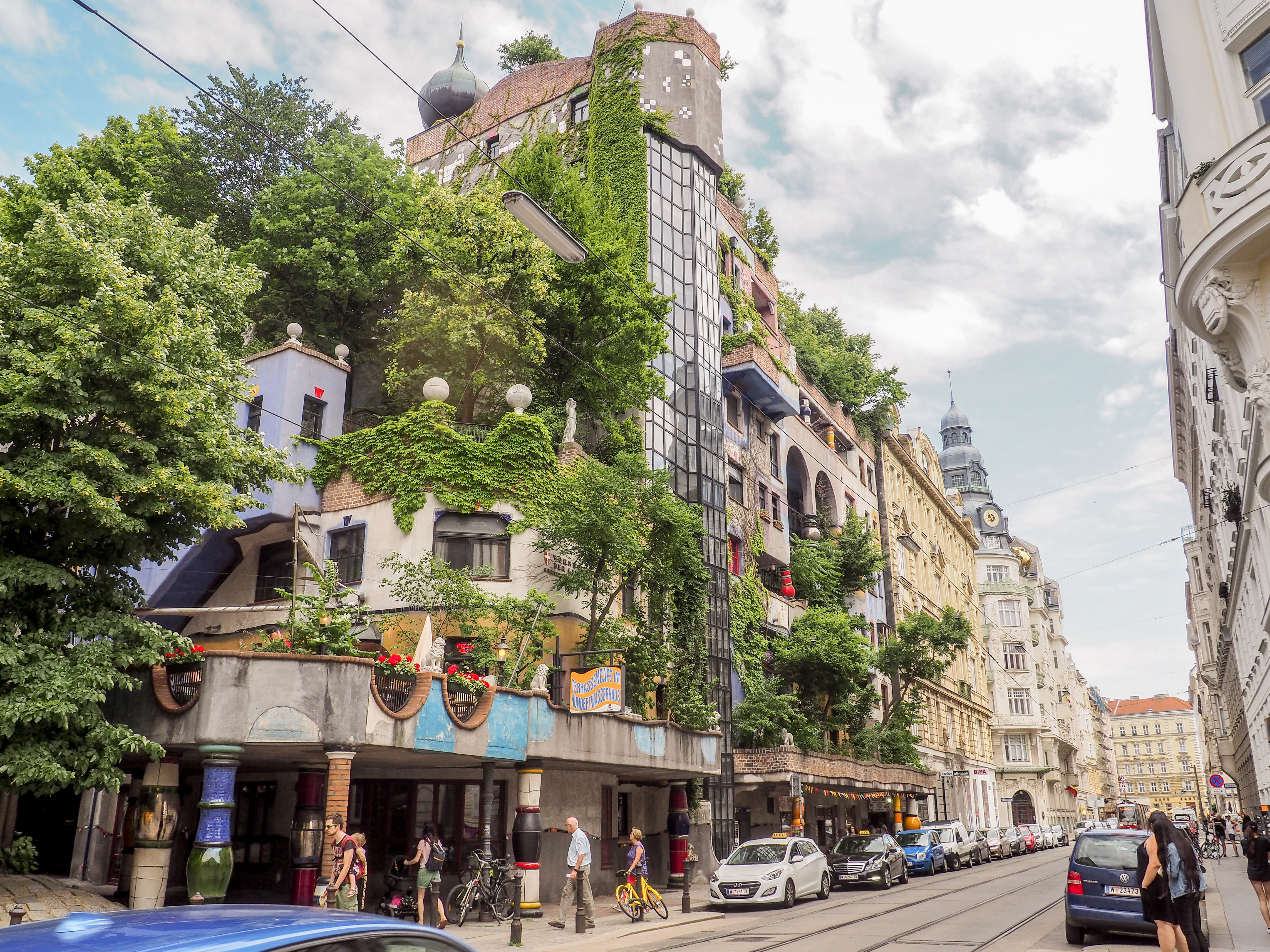
Prater
Costs: FREE (pay per ride)
The Prater is an old theme park situated right in the heart of Vienna (okay in the ‘second district’, the ‘first district’ is officially the city centre). The entrance to the park is free but you pay for the rides. Its open 365 days a week and the rides include both big rides such as rollercoasters and waterslides and smaller carnival rides such as a haunted house. Prater is the place where young Viennese come to hangout but even if you don’t like the rides its a cool place to visit. As the theme park is quite dated, walking around in it feels like you are walking around on a 60’s series or movie set. Right next to it is a public park which makes it the perfect visit to combine with a BYO pick-nick on hot summer days.
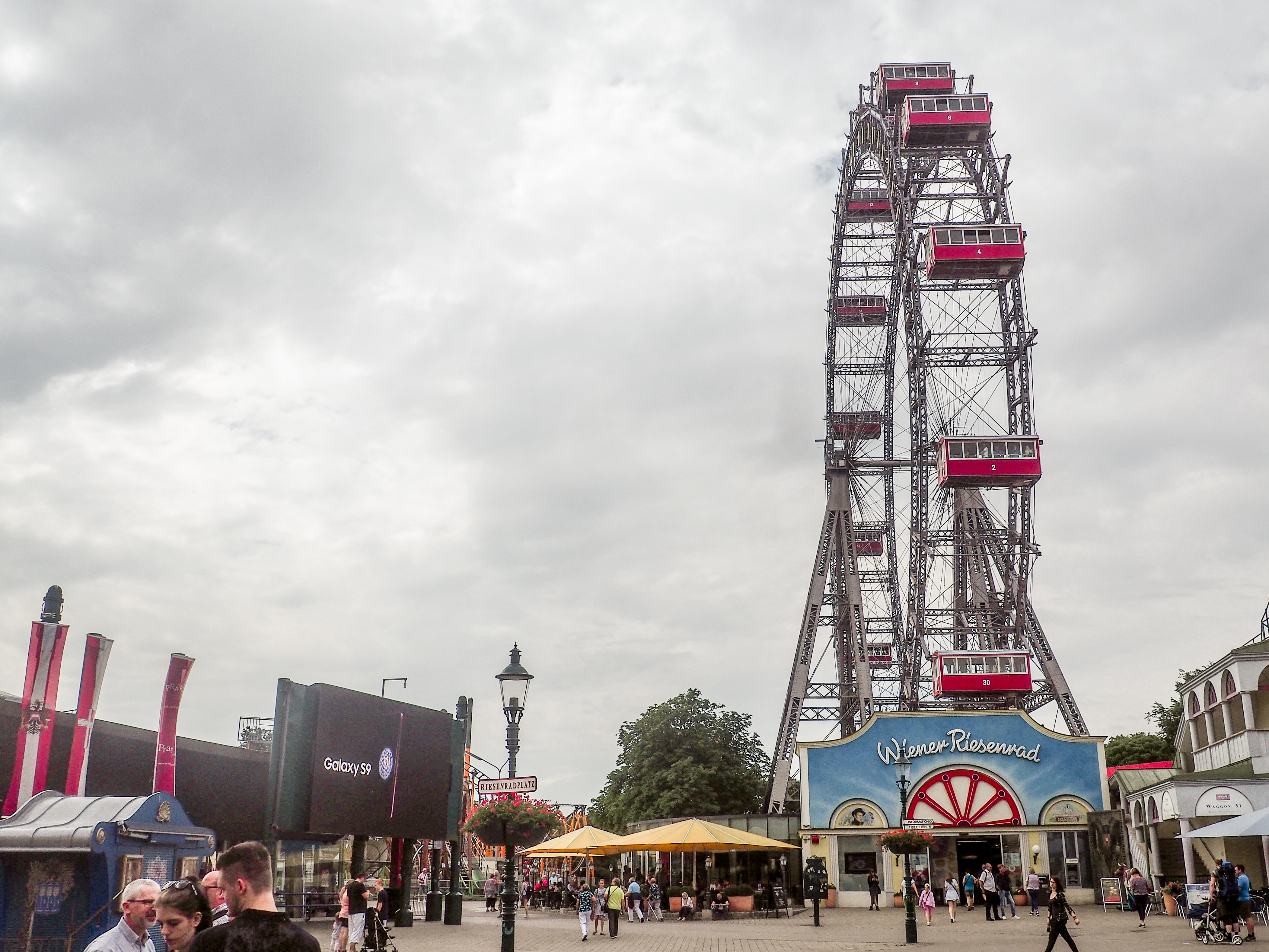
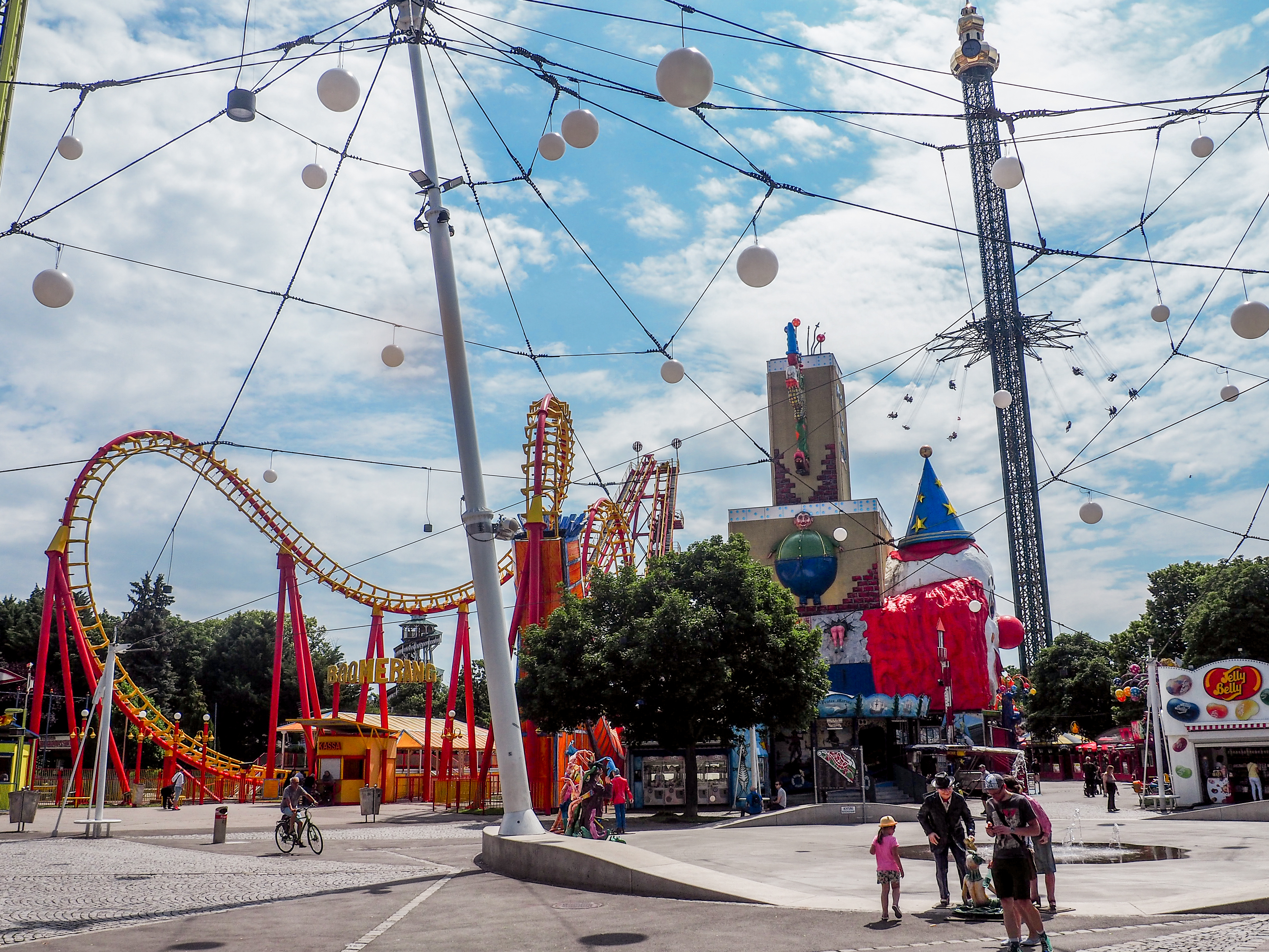
– Eating, Drinking and sleeping recommendations –
A strong coffee-culture lies at the roots of the Viennese way of life and as a result you really don’t have to go looking for a good spot to get your daily fix. Check out Café Prückel that’s been one of the prominent coffeehouses of Vienna FOR OVER A 100 YEARS. Looking for an über-hip experience? Check out Süssmund Kaffeebar, that’s been roasting its own beans since 2014. Typically you eat a piece of Sachertorte with your coffee, but be prepared to feel the glazing scattering on your teeth. This sweetened chocolate-cake is really, really sugary and I wasn’t particularly impressed by its taste.
Eating
There are plenty of good restaurants and eateries in Vienna but these two are certain to give you a nice evening out.
Café Atelier Nonja
Right next to Schonbrunn there is a zoo called the tiergarten Schonbrunn (literally, Schonbrunn zoo) and right next to the Orangutan enclosure is this little Café/Restaurant. You can eat here while looking at the Orangutan’s playing around, how awesome is that?
Restaurant Labstelle
More haute-cuisine and sophisticated is Labstelle which was awarded a Michelin Bib-Gourmand certification (testament of excellent value for money with a 3-course menu under EUR 37.50) last year. Great (locally produced) food, good portions and a cool setting with a relaxed vibe. Great pick for couples (even though I was travelling with a group at the time).
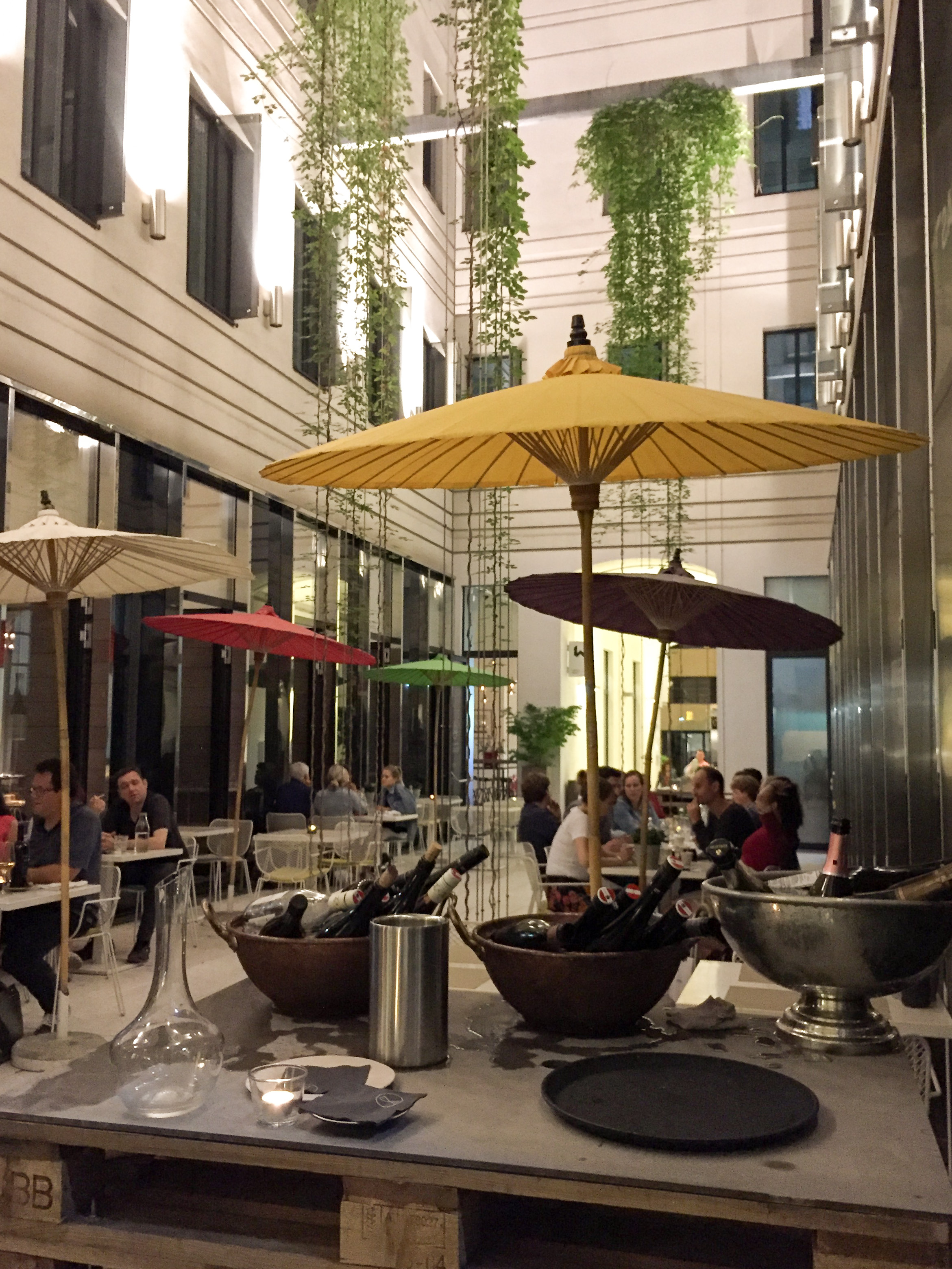
Drinking
Strandbar Herrmann
It took me literally not more than fifteen minutes from the moment I first set foot in Vienna to find this gem and have returned to it twice during my weekend in Vienna because it is just an awesome spot. Hermanns Beachbar is a long stretch of beach-sand right next to the Danube river in the middle of the city. Shoes off, feet in the sand and a beer in your hand. Perfect. The beach bar has a nice selection of wines and beers, including its own craft beer all for very reasonable prices. Every weekend day they have a live band performing starting around 5PM which attracts a big local crowd. Expect a lot of people to start dancing in the sand. However, because the place is huge there will still be plenty of beach beds available to enjoy the evening sun in a more relaxed way.
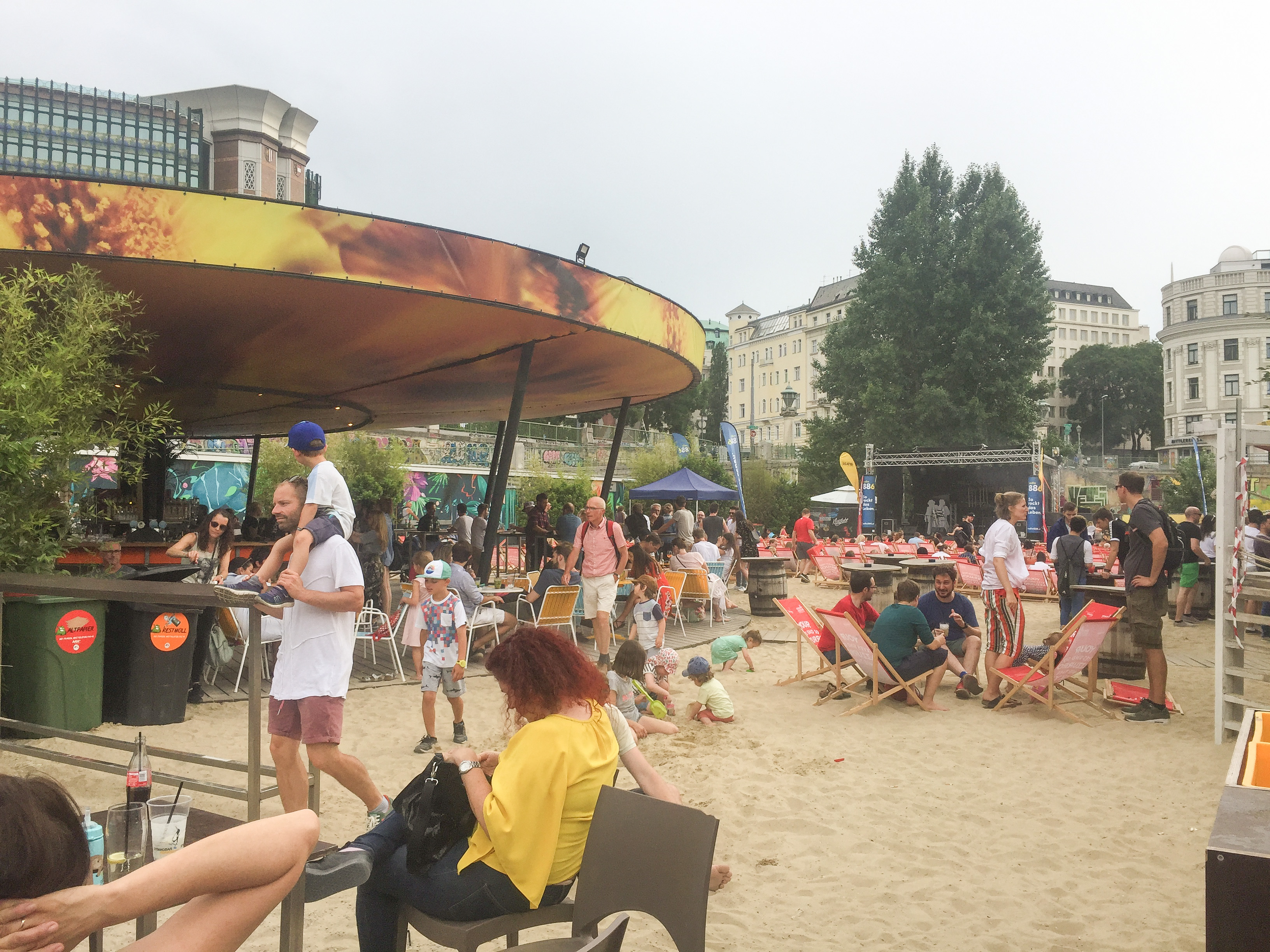
Atmosphere Bar
This is a more cosmopolitan place and likewise the prices are less friendly. The views overlooking the historical buildings in the city and the excellent cocktail list of this rooftop bar make a visit absolutely worthwhile however. If you are travelling in a big group you might have trouble getting in as the bouncers are keen to keep the Atmosphere (^^) relaxed and enjoyable.
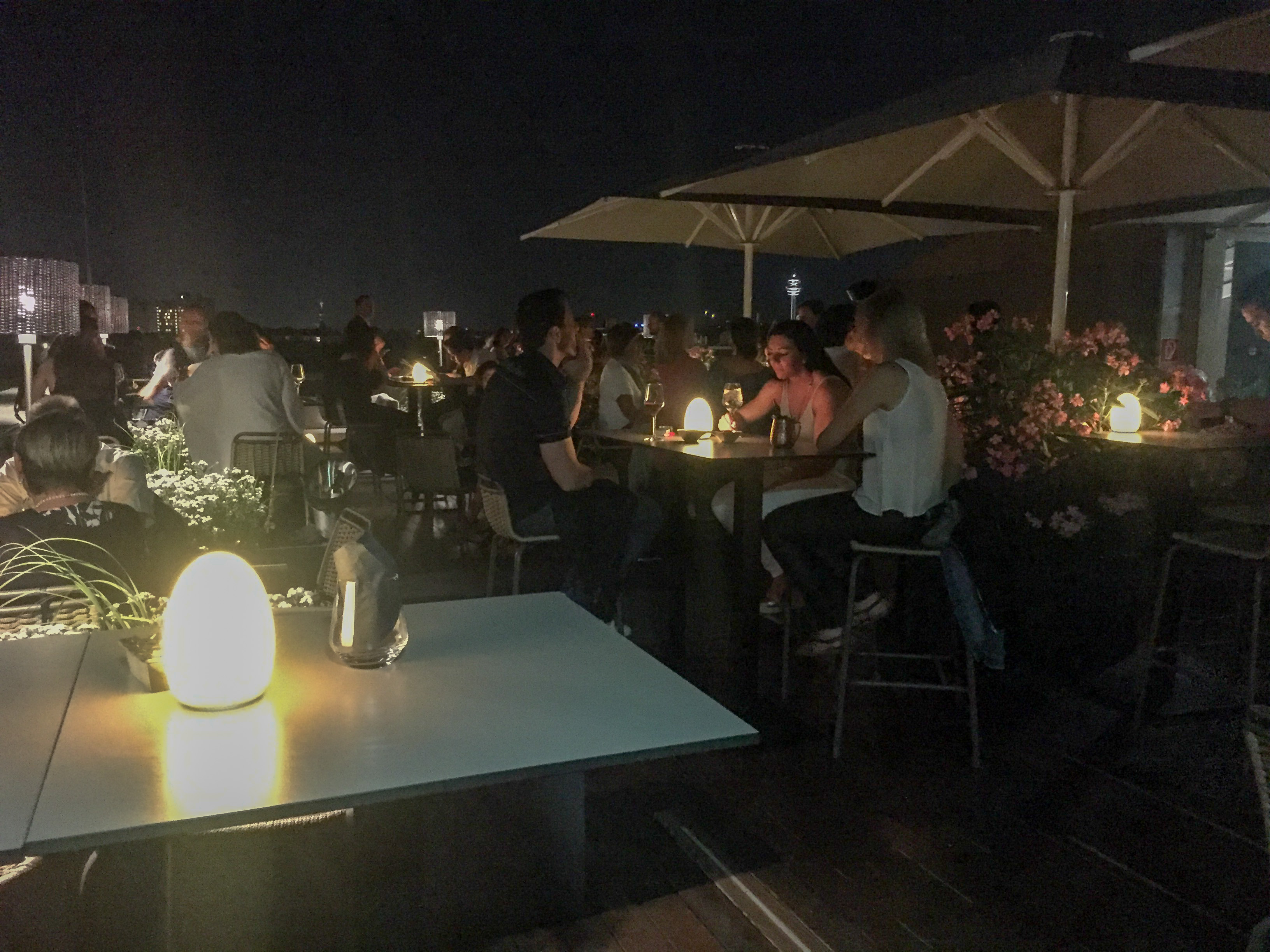
The Volksgarten Club
In the middle of the historic centre lies the Volksgarten Club. Its a semi-outdoors club (dancing areas both indoors as well as outdoors) and it is hip, trendy and awesome. I was lucky enough to be there during the LIFE Ball, one of the biggest annual events in Vienna, when the Volksgarten Club hosted the after party of the ball. It was one of the best parties I’ve even been too. The people were all cheerful and looking for a good time, the drinks were great (but quite expensive) and the DJs awesome. They have both techno/electro areas as well as disco/funk and a latin/hiphop area (the place is huge). The club attracts both the Vienesse jetset as well as a big LGBT-crowd.
Sleeping
Boutiquehotel Stadthalle
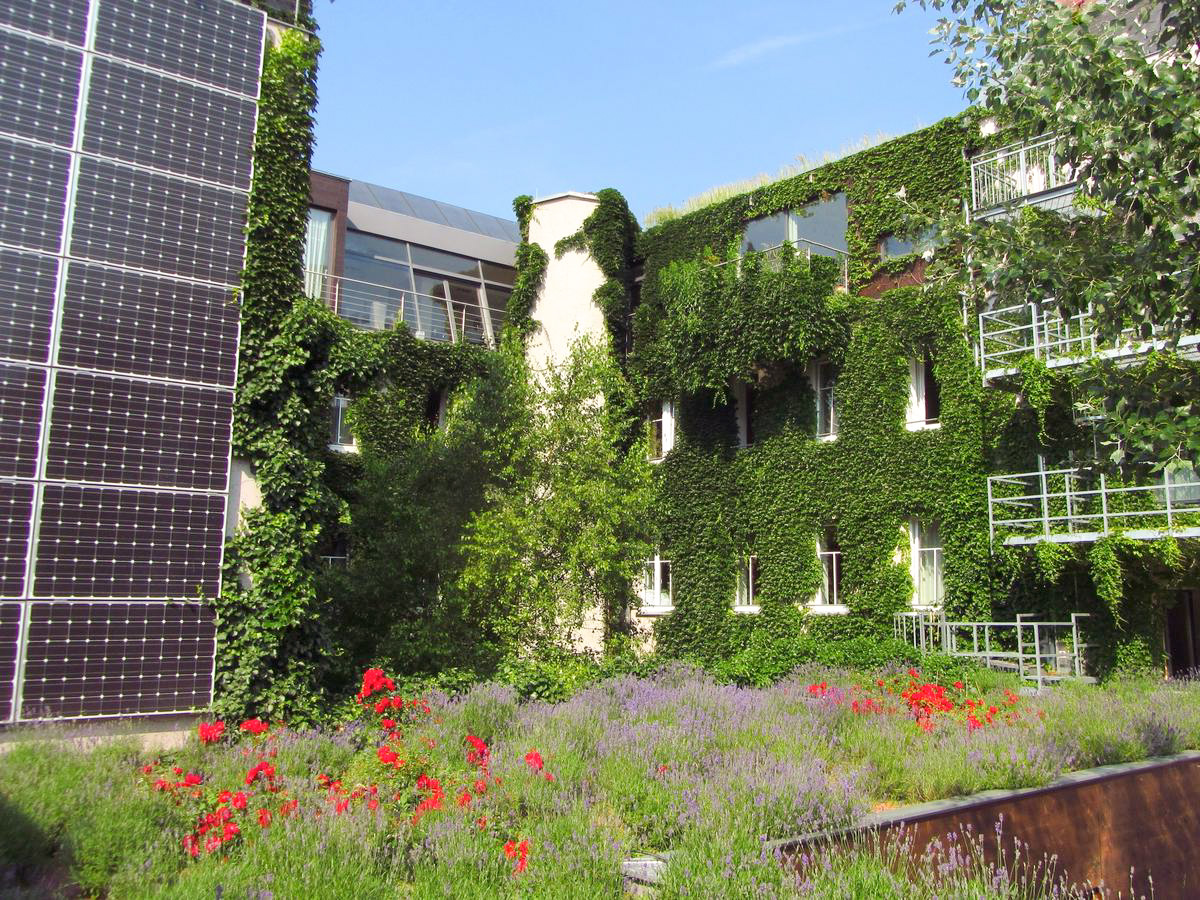
Stadthalle is arguably the best boutique hotel in town. Their rooms are comfortable, their beds great and the location is only a short walk from the railway station (west). What really sets this eco-friendly hotel apart though is its breakfast. A huge locally produced organic buffet served in a lush lavender garden (the biggest lavender field in Vienna). Enjoying breakfast in a green oasis with the scent of lavender is just the best way to start the day.
Hostel Ruthensteiner
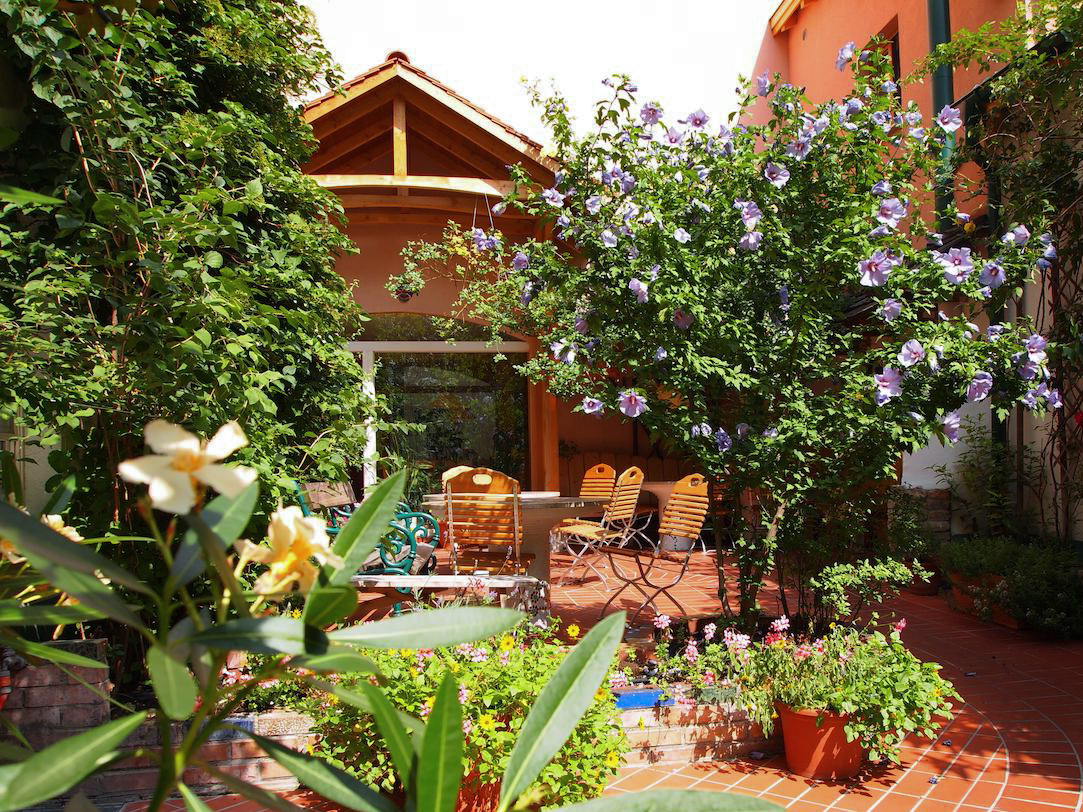
Ruthensteiner is one of the most social hostels in Vienna with daily evening-activities, happy hours, a great bar and excellent garden to chill and meet fellow travelers. The bunks are comfortable, its clean and the (free) coffee is way better than the standard hostel-coffee crap. Looking for a good social spot within walking distance from the railway station (west) that also happened to be sustainable? You came to the right place.
– Practical information –
When
Many people think Vienna is cold and rainy because they associate the Austrian capital with winter sports. This is very wrong. Being situated in a valley and close to the Mediterranean sea means Vienna’s weather is actually more like Northern Italy than like its own alpine countryside. You can expect long sunny days with a comfortable temperature (20-25 degrees Celsius) from mid-April to mid-October. Daily average highs in July and August are even 27 degrees Celsius! Winter is also reasonably mild but roads might be closed due to avalanches and heavy snowfall in the nearby mountains. This makes getting in and out of town a bit of a struggle.
Budget
| Daily Budget (incl. accommodation) | EUR 75 (80 USD) |
| Coffee | EUR 2.20 (2.50 USD) |
| Meal in a restaurant | EUR 15 – 35 (20 – 40 USD) |
| Dorm | EUR 20 – 30 (25 – 35 USD) |
| Double in a 3-star hotel | EUR 80 – 120 (90- 130 USD) |
Vienna is pricy but if you travel on a shoestring it can be done on EUR 50 a day. This means cooking meals at your hostel and only drinking beers from the supermarket. Less can be achieved by skipping on attractions. But why did you come to Vienna in the first place if you are not going to see anything?
In, Out & Around
Airport
Vienna has an international airport that connects with all major destinations in Europe as some capitals further away. The City Airport Train (CAT) takes you to the center of Vienna in 16 minutes for EUR 12 one way or EUR 21 for a return. Combine the CAT with a 3-day city pass for EUR 38, which provides the best value for money to get around town. Alternatively you can take the airport bus for EUR 8 (single ticket), which takes about 40 minutes to get to Westbahnhof.
Railway station
If you arrive into Vienna by train from another European city you will most probably arrive at Westbahnhof, the railway station situated West of the city centre. Because a lot of tourist enter the city using this station, many hotels, hostels and restaurants are within walking distance. The historic centre is about a 30 minute walk from here. From the Westbahnhof you easily connect to the metro-line that takes you anywhere in and around Vienna (and is included in the city pass). The CAT connects to the Central Station, which is located right at the heart of the city centre.
Bus terminal
Busses to and from Eastern Europe (Romania, Poland, Hungary etc.) arrive/depart at the airport. While busses to Western Europe connect to the Vienna International Bus terminal (VIB) a few kilometers east of central Vienna. Cheapest operators are Eurolines and Flixbus. Bus travel in Europe is generally comfortable but quite slow. Amsterdam – Vienna will take at least 16 hours.
City bike
Most bloggers will advise you to buy a 3-day city pass to get around town (EUR 18, unlimited use of metro for 72 hours), but the cheapest and best way to get around in Vienna is by walking and taking a bicycle. City bike has over 120 stations available where you can pick up a bike, and hand it in at a different station. Costs? Registration is EUR 1, after each short ride (under an hour) is FREE. You pay EUR 1 for the second hour, EUR 2 for the third hour and EUR 4 for each following hour. Considering Vienna is quite small and the city bike stations are plenty, chances are small you are ever going to be riding the bike for more than 1 hour.
Did I miss something or strongly disagree with my recommendations? let me know by leaving a comment!
